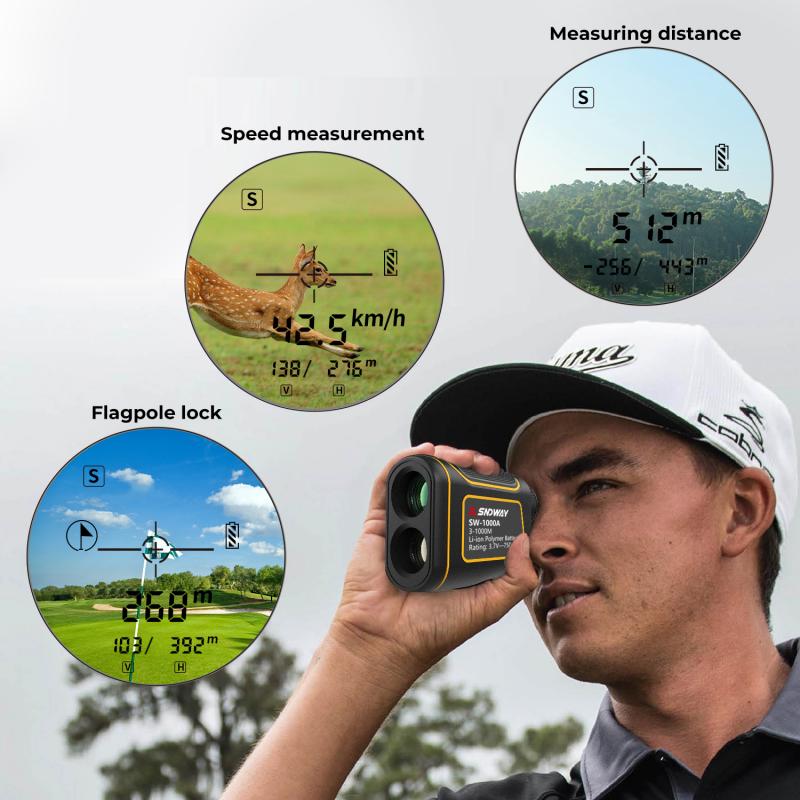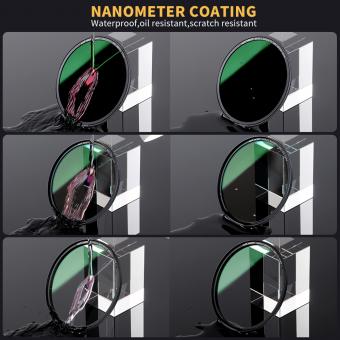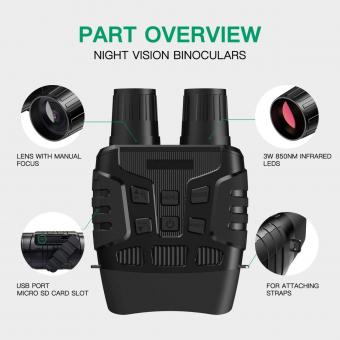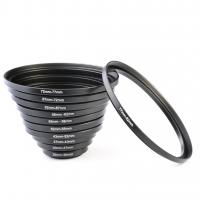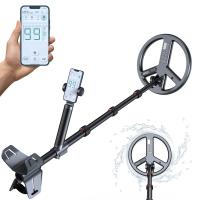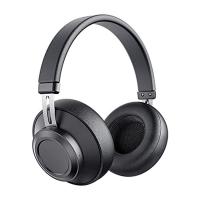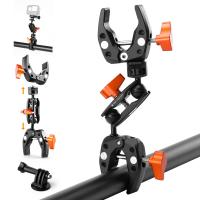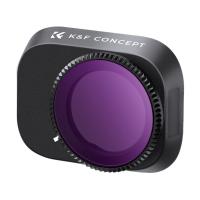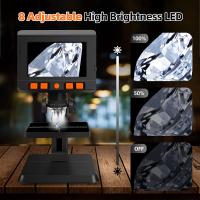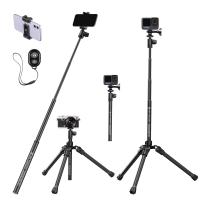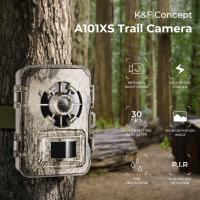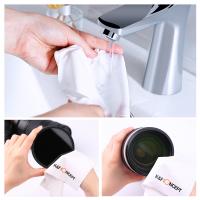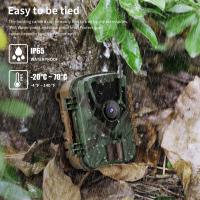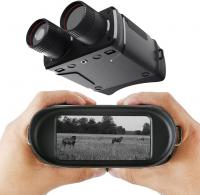How Does A Battleship Rangefinder Work ?
A battleship rangefinder is a device used to determine the distance between the ship and its target. It typically consists of two optical systems, one for each eye, which allows the operator to view the target binocularly. By adjusting the focus and alignment of the optical systems, the operator can superimpose the images from both eyes to create a single image of the target.
The rangefinder uses a principle called stereoscopic vision to calculate the distance. When the operator aligns the images from both eyes, the target appears to move horizontally. By measuring the amount of movement required to align the images, the operator can estimate the distance to the target.
In addition to stereoscopic vision, battleship rangefinders may also incorporate other technologies such as coincidence rangefinders or radar systems to improve accuracy. Coincidence rangefinders use prisms or mirrors to align two images of the target, while radar systems use radio waves to measure the distance.
Overall, battleship rangefinders are crucial for accurate targeting and firing of naval artillery, allowing the ship to engage enemy vessels effectively.
1、 Optical Rangefinder: Principles and Functionality in Battleships
Optical rangefinders have been an integral part of battleships for many years, providing crucial information about the distance between the ship and its target. These rangefinders work on the principle of triangulation, using optical lenses and mechanical mechanisms to determine the range accurately.
The optical rangefinder consists of two telescopes mounted on a rotating base. Each telescope has a reticle, which is a pattern of lines or dots that helps in aligning the target. When the operator looks through the eyepiece of one telescope, they can see the target and align it with the reticle. Simultaneously, the other telescope is aligned with a known reference point on the ship.
The operator then rotates the base until the target aligns with the reticle in the second telescope. The angle of rotation required to align the target is measured, and using trigonometry, the distance to the target can be calculated. This calculation is based on the known distance between the two telescopes and the angle of rotation.
In modern battleships, optical rangefinders have been replaced by more advanced technologies such as radar and laser rangefinders. These newer systems provide more accurate and faster measurements, reducing the reliance on optical rangefinders. However, optical rangefinders still serve as a backup or secondary option in case of system failures or when stealth is required.
In conclusion, optical rangefinders in battleships work on the principle of triangulation, using two telescopes and reticles to measure the distance to a target. While they have been largely replaced by more advanced technologies, they still play a role in certain situations, ensuring the ship's ability to accurately assess distances.
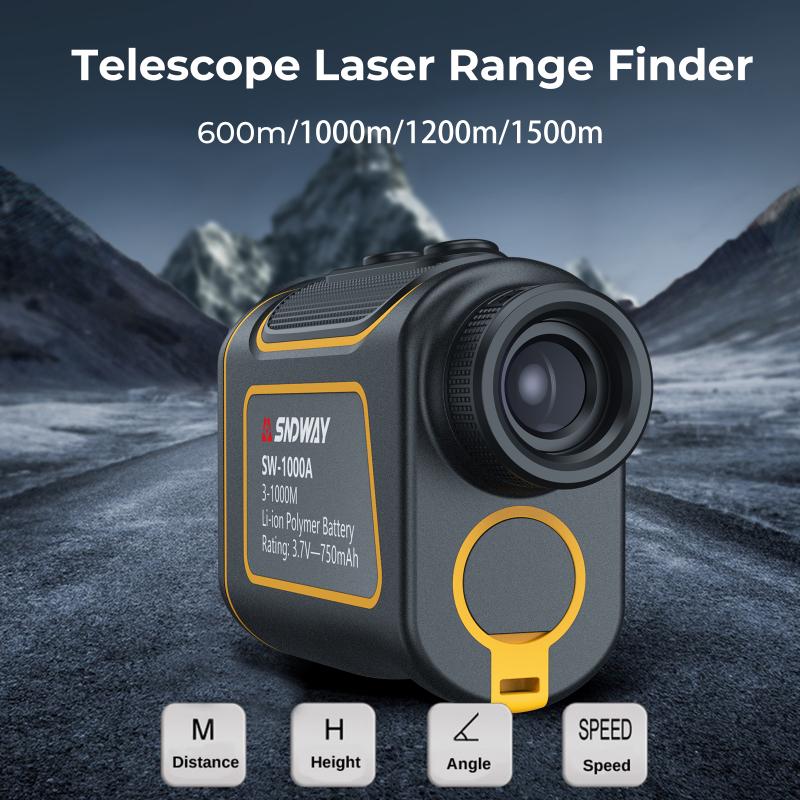
2、 Stereoscopic Rangefinder: Depth Perception for Accurate Targeting
A battleship rangefinder is a crucial piece of equipment used for accurate targeting in naval warfare. One type of rangefinder commonly used is the Stereoscopic Rangefinder, which utilizes the principle of depth perception to determine the distance between the battleship and its target.
The Stereoscopic Rangefinder works by using two optical lenses or cameras positioned a known distance apart. These lenses capture two slightly different views of the target, simulating the way our eyes perceive depth. The images from both lenses are then combined, allowing the operator to perceive the target in three dimensions.
To determine the distance to the target, the operator adjusts the lenses until the images align perfectly. This adjustment is known as "focusing" the rangefinder. The amount of adjustment required provides a measure of the target's distance. By knowing the baseline distance between the lenses and using trigonometry, the rangefinder can calculate the range accurately.
In recent years, advancements in technology have led to the development of more sophisticated rangefinders. Some modern battleships now use laser rangefinders, which emit a laser beam towards the target and measure the time it takes for the beam to bounce back. This method provides even more precise range measurements.
Additionally, digital imaging technology has improved the accuracy and efficiency of rangefinders. High-resolution cameras and advanced image processing algorithms allow for faster and more accurate target acquisition.
In conclusion, a battleship rangefinder, such as the Stereoscopic Rangefinder, works by utilizing depth perception to accurately determine the distance to a target. With advancements in technology, modern rangefinders have become even more precise and efficient, enhancing the targeting capabilities of battleships.

3、 Coincidence Rangefinder: Utilizing Parallax for Distance Calculation
A battleship rangefinder is a crucial piece of equipment used to determine the distance between the ship and its target. One of the most common types of rangefinders used on battleships is the Coincidence Rangefinder, which utilizes the principle of parallax for distance calculation.
The Coincidence Rangefinder consists of two optical systems, each with its own eyepiece. These optical systems are positioned a fixed distance apart on the rangefinder. When looking through the eyepieces, the operator aligns the target with a reticle in one eyepiece and adjusts the other eyepiece until the target is aligned with a second reticle. This alignment is known as "coincidence."
The distance between the two eyepieces creates a baseline, which allows for the measurement of parallax. Parallax is the apparent shift in position of an object when viewed from different angles. By measuring the amount of parallax observed when aligning the target with the reticles, the rangefinder can calculate the distance to the target.
The latest point of view on battleship rangefinders suggests that while the Coincidence Rangefinder has been a reliable and widely used technology, advancements in radar and laser rangefinding systems have made them less common on modern naval vessels. These newer technologies offer greater accuracy and faster calculations, allowing for more efficient targeting and engagement of enemy vessels.
However, the Coincidence Rangefinder still holds historical significance and is often used in museums or preserved on older battleships as a testament to the technological advancements of its time. It serves as a reminder of the ingenuity and precision required in naval warfare and the evolution of rangefinding technology.
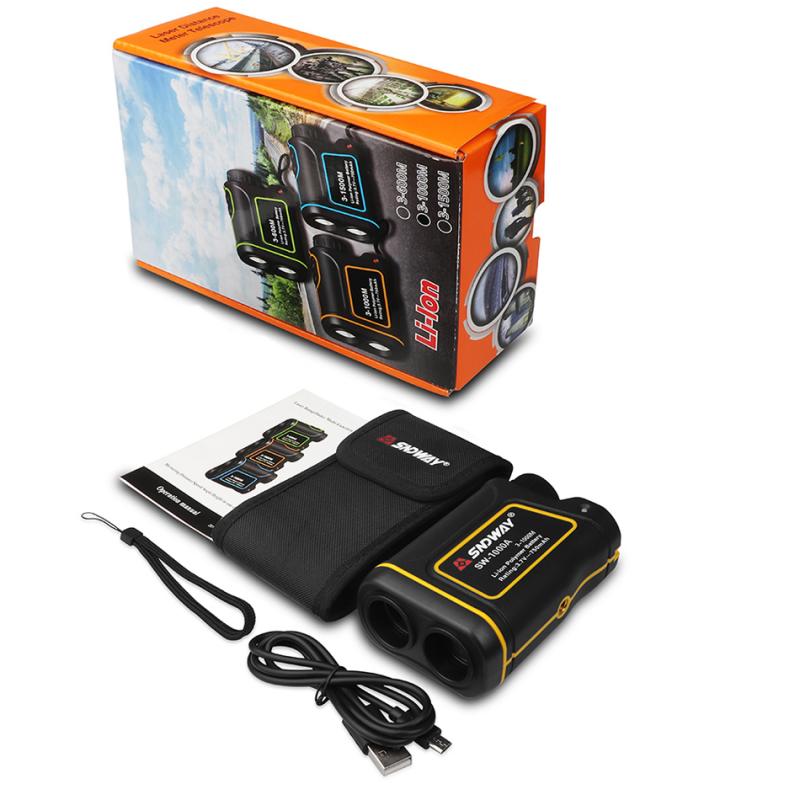
4、 Radar Rangefinder: Electromagnetic Waves for Target Range Determination
A battleship rangefinder is a crucial piece of equipment used to determine the distance between the ship and its target. There are different types of rangefinders used in battleships, but one of the most common and effective ones is the radar rangefinder.
Radar rangefinders work by utilizing electromagnetic waves to determine the range of a target. The rangefinder emits a short burst of electromagnetic waves, commonly known as radar pulses, towards the target. These pulses then bounce off the target and return to the rangefinder.
By measuring the time it takes for the pulses to travel to the target and back, the rangefinder can calculate the distance between the ship and the target. This is done by multiplying the time taken by the speed of light, as electromagnetic waves travel at the speed of light.
Radar rangefinders have evolved over time, incorporating advanced technologies to enhance their accuracy and effectiveness. Modern radar rangefinders utilize sophisticated algorithms and signal processing techniques to filter out noise and interference, resulting in more precise range measurements.
Additionally, advancements in radar technology have led to the development of phased array radar systems. These systems use multiple antennas to transmit and receive radar pulses, allowing for faster and more accurate range determination.
In recent years, there has been a growing interest in the use of laser rangefinders in battleships. Laser rangefinders work on a similar principle as radar rangefinders but use laser beams instead of electromagnetic waves. Laser rangefinders offer higher accuracy and faster response times, making them a promising alternative to radar rangefinders.
In conclusion, battleship rangefinders, particularly radar rangefinders, play a crucial role in determining the range to a target. By utilizing electromagnetic waves and advanced technologies, these rangefinders provide accurate and reliable range measurements, aiding in the effective engagement of targets.
